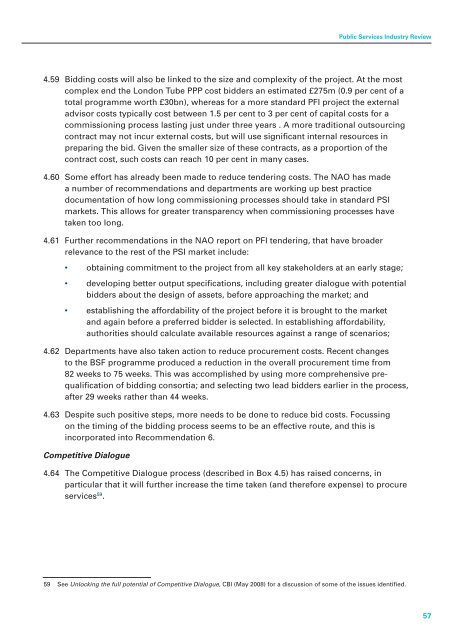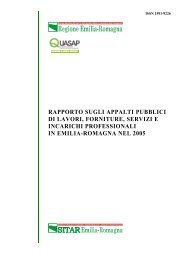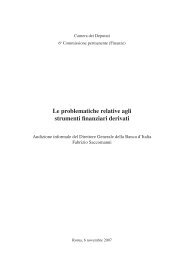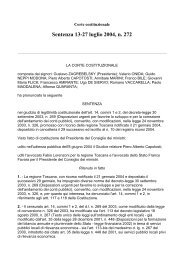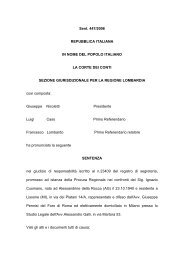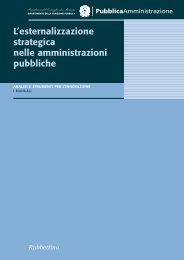Understanding the Public Services Industy
Understanding the Public Services Industy
Understanding the Public Services Industy
You also want an ePaper? Increase the reach of your titles
YUMPU automatically turns print PDFs into web optimized ePapers that Google loves.
<strong>Public</strong> <strong>Services</strong> Industry Review<br />
4.59 Bidding costs will also be linked to <strong>the</strong> size and complexity of <strong>the</strong> project. At <strong>the</strong> most<br />
complex end <strong>the</strong> London Tube PPP cost bidders an estimated £275m (0.9 per cent of a<br />
total programme worth £30bn), whereas for a more standard PFI project <strong>the</strong> external<br />
advisor costs typically cost between 1.5 per cent to 3 per cent of capital costs for a<br />
commissioning process lasting just under three years . A more traditional outsourcing<br />
contract may not incur external costs, but will use significant internal resources in<br />
preparing <strong>the</strong> bid. Given <strong>the</strong> smaller size of <strong>the</strong>se contracts, as a proportion of <strong>the</strong><br />
contract cost, such costs can reach 10 per cent in many cases.<br />
4.60 Some effort has already been made to reduce tendering costs. The NAO has made<br />
a number of recommendations and departments are working up best practice<br />
documentation of how long commissioning processes should take in standard PSI<br />
markets. This allows for greater transparency when commissioning processes have<br />
taken too long.<br />
4.61 Fur<strong>the</strong>r recommendations in <strong>the</strong> NAO report on PFI tendering, that have broader<br />
relevance to <strong>the</strong> rest of <strong>the</strong> PSI market include:<br />
•<br />
•<br />
•<br />
obtaining commitment to <strong>the</strong> project from all key stakeholders at an early stage;<br />
developing better output specifications, including greater dialogue with potential<br />
bidders about <strong>the</strong> design of assets, before approaching <strong>the</strong> market; and<br />
establishing <strong>the</strong> affordability of <strong>the</strong> project before it is brought to <strong>the</strong> market<br />
and again before a preferred bidder is selected. In establishing affordability,<br />
authorities should calculate available resources against a range of scenarios;<br />
4.62 Departments have also taken action to reduce procurement costs. Recent changes<br />
to <strong>the</strong> BSF programme produced a reduction in <strong>the</strong> overall procurement time from<br />
82 weeks to 75 weeks. This was accomplished by using more comprehensive prequalification<br />
of bidding consortia; and selecting two lead bidders earlier in <strong>the</strong> process,<br />
after 29 weeks ra<strong>the</strong>r than 44 weeks.<br />
4.63 Despite such positive steps, more needs to be done to reduce bid costs. Focussing<br />
on <strong>the</strong> timing of <strong>the</strong> bidding process seems to be an effective route, and this is<br />
incorporated into Recommendation 6.<br />
Competitive Dialogue<br />
4.64 The Competitive Dialogue process (described in Box 4.5) has raised concerns, in<br />
particular that it will fur<strong>the</strong>r increase <strong>the</strong> time taken (and <strong>the</strong>refore expense) to procure<br />
services 59 .<br />
59 See Unlocking <strong>the</strong> full potential of Competitive Dialogue, CBI (May 2008) for a discussion of some of <strong>the</strong> issues identified.<br />
57


